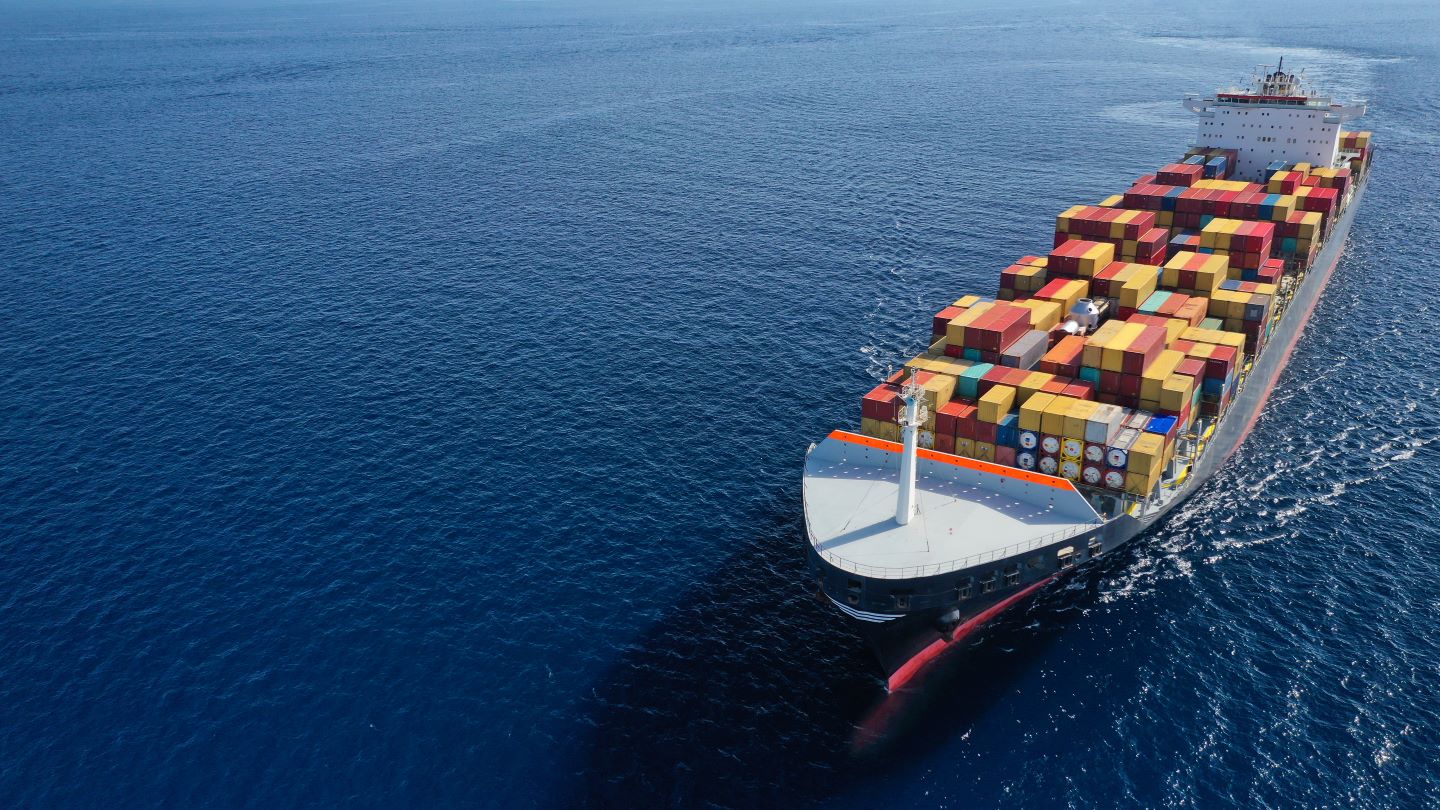
The ports of Los Angeles, Long Beach and Shanghai, along with major carriers, have revealed outlines for the first major trans-Pacific green shipping corridor.
The Green Shipping Corridor Implementation Plan Outline explains the aim to accelerate emissions reductions across one of the world’s busiest container shipping routes.
With support from C40, the major carrier partners have established targets for deploying ships with lower or zero lifetime emissions on the route by 2025.
Mark Watts, executive director of C40, said the corridor plan intended to show the scalability of green shipping: “C40 is proud to support this green shipping corridor aimed at demonstrating that zero-carbon shipping at scale is feasible by 2030 and that less polluting ships and ports will also mean cleaner air, less noise and more jobs for local communities.”
Carrier partners involved in the plan outline include CMA CGM, COSCO Shipping Lines, Maersk and ONE.
Further aims of the project include collaboration from partners and ports in order to demonstrate the possibility of deploying the world’s first zero-carbon-emission container ships by 2030.
Gene Seroka, executive director of the Port of Los Angeles, emphasised the importance of reducing mid-ocean emissions: “This trans-Pacific green corridor will be a model for the global cooperation needed to accelerate change throughout the maritime industry. Reducing emissions in this corridor will yield significant reductions.
“For perspective, most of the emissions associated with moving cargo by ship occur in the mid-ocean part of the journey between ports. This corridor will help reduce mid-ocean emissions while continuing the work we have done to cut emissions within our ports”.


